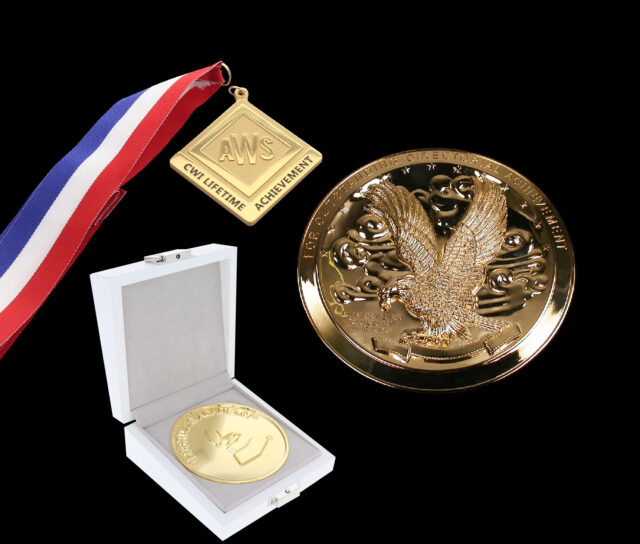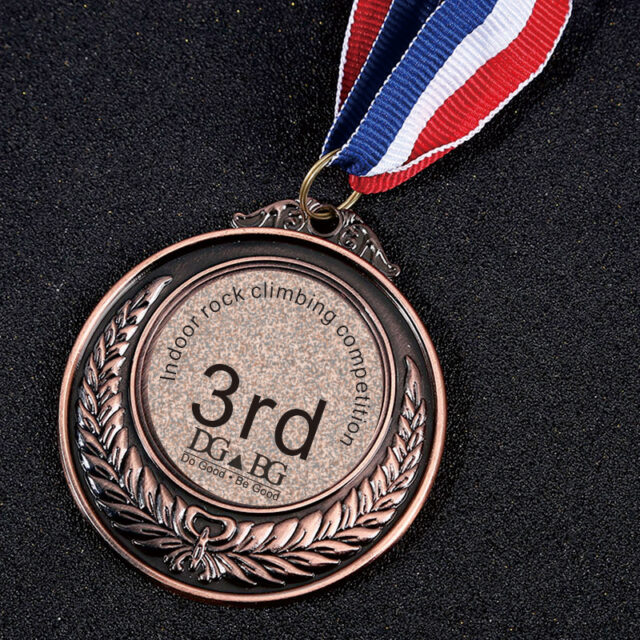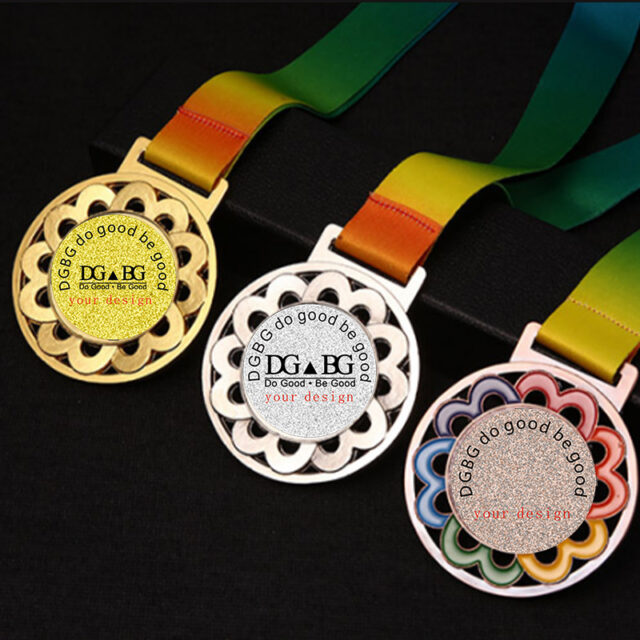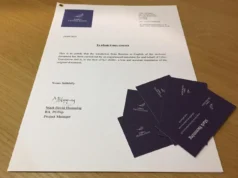
Medal design is more than just a craft; it’s an art, an intricate ballet of creativity and precision. It’s where imagination takes tangible form and where emotions, values, and achievements are immortalized. In this journey through the creation of award medals, we’ll explore the multifaceted process that turns a simple idea into an iconic keepsake. From the conception of a medal to its final form, let’s delve deep into this beautiful alchemy of creativity and craftsmanship.
Initial Concept and Inspiration
Every journey starts with a single step, and for medal design, it begins with a spark of inspiration. Often, this initial concept is influenced by the event it represents. For instance, the award medals for athletic tournaments might pull inspiration from the vigor and grace of the sports involved. Historical milestones, literary themes, and natural elements can also be sources of motivation, guiding designers towards that initial vision.
Yet, inspiration can be fickle and fleeting. A designer might stroll through a museum, flipping through pages of art history, or even listening to music, hoping for that lightbulb moment. Sometimes, it’s about channeling personal experiences, memories, or cultural backgrounds into the design. The key is to remain open-minded, allowing for a myriad of sources to shape the initial idea.
Sketching and Brainstorming

With a foundational idea in place, the next step is to bring it to life on paper. This phase involves endless sketches, doodles, and draft designs. It’s a process of visual exploration, wherein the designers try out different shapes, motifs, and layouts to see what clicks.
Every scribble and draft might not make it to the final cut, but they play a crucial role in refining the vision. Some designers might prefer to work alone, sketching out ideas in solitude. Others could thrive in collaborative environments, bouncing ideas off colleagues or using mood boards to visualize concepts.
Beyond the traditional pen and paper, some creators harness digital tools to fine-tune their sketches. Drawing tablets and design software offer the ability to experiment with colors, textures, and dimensions with ease. Regardless of the medium, the aim remains: to crystallize the vision and prepare for the subsequent stages of creation.
Selecting Materials and Finishes
Once sketches crystallize into a potential design, the selection of materials becomes paramount. The choice often depends on the significance of the event, budget constraints, and desired aesthetics. While gold, silver, and bronze are time-honored favorites, there’s a plethora of materials available ranging from stainless steel to acrylic.
Apart from the primary material, the finish plays a pivotal role in determining the medal’s final look. Matte finishes exude elegance, while glossy ones reflect light and catch the eye. Textured finishes, with their intricate patterns, can add a touch of sophistication to the design.
Incorporating Symbolism and Meaning
Medals, at their core, aren’t just ornamental. They carry meaning, often representing values, achievements, or commemorating events. Therefore, integrating symbols and motifs that resonate with the intended message is imperative. For instance, an olive branch might symbolize peace, while a phoenix could denote rebirth or victory.
However, it’s not just about picking symbols at random. A good designer digs deep into the ethos of the event, understanding its history, values, and significance. This research is crucial in ensuring that the symbols chosen resonate deeply with the recipients and the audience.
Designing the Front Face

Often deemed as the medal’s pièce de résistance, the front face sets the tone. It’s the first thing one notices, and hence, it needs to captivate. The primary motif or symbol, be it a logo, emblem, or figure, usually dominates this side. Surrounding this centerpiece, there can be intricate patterns, reliefs, or engravings that enhance its allure.
However, less can sometimes be more. Minimalist designs, relying on clean lines and uncluttered aesthetics, can make a powerful statement. They let the central motif shine, unobscured by excessive embellishments.
Crafting the Back Side
The back of the medal, though less prominent, offers a canvas for personalization. It’s here that recipients’ names, event dates, or special messages can be engraved. This site is an ode to individual achievement, making each medal unique.
Beyond personalization, the back might also feature secondary motifs or symbols. These can be complementary to the front design, offering additional layers of meaning or simply enhancing the medal’s aesthetics.
Prototyping and Testing
Before mass production, a prototype is crafted. This tangible model gives designers a chance to see and feel their creation, ensuring it aligns with their vision. This stage often uncovers minor tweaks or adjustments required, whether in size, weight, or finish.
Prototyping isn’t solely about aesthetics. It tests the medal’s durability, ensuring it can withstand wear and tear. After all, these aren’t just for show; recipients often treasure them for lifetimes, passing them on as heirlooms.
Refining the Design
After prototyping and feedback, refinement begins. This phase is all about perfecting every nuance, ensuring the medal isn’t just good, but exceptional. This could mean adjusting the thickness, reworking an engraving, or even rethinking the primary motif.
It’s a process of trial and error. Sometimes, what looked impeccable on paper might not translate well in 3D form. A skilled designer remains adaptable and willing to revisit and rework elements for the sake of perfection.
The aim isn’t just to satisfy personal artistic vision but to craft a medal that resonates with its intended recipients and stands the test of time. It’s this relentless pursuit of excellence that distinguishes good medal designs from iconic ones.
Adding Engraving and Personalization

A medal isn’t just a piece of metal; it’s a story. And personalization, through engravings, brings that story to life. Names, dates, or even quotes can be etched, giving each medal a unique identity.
Modern engraving techniques ensure precision, allowing for intricate and detailed work. It’s an art in itself, with skilled engravers delicately etching each letter and symbol, ensuring they’re legible and aesthetically pleasing. However, discretion is essential. Overloading a medal with too much text can detract from its elegance.
Final Thoughts
The journey from idea to icon isn’t linear; it’s a meandering path filled with inspiration, challenges, and relentless pursuit of perfection. As we’ve seen, medal design merges art with craft, and emotion with precision. And while the process might seem intricate and daunting, the result—a gleaming medal that encapsulates achievement and emotion—is undeniably worth the odyssey. Whether draped around a champion’s neck or displayed with pride, these medals stand as testaments to the beautiful amalgamation of creativity and craftsmanship.









